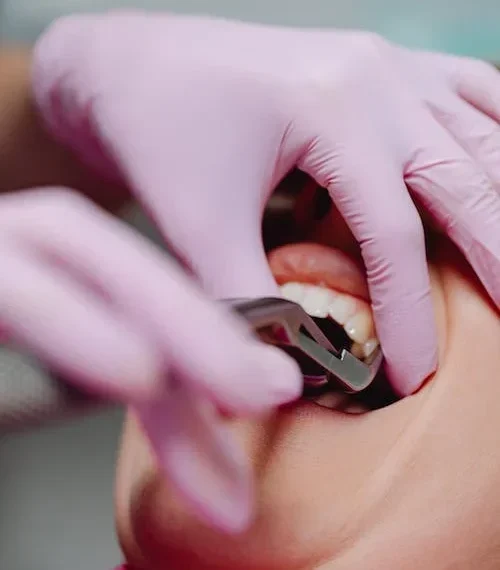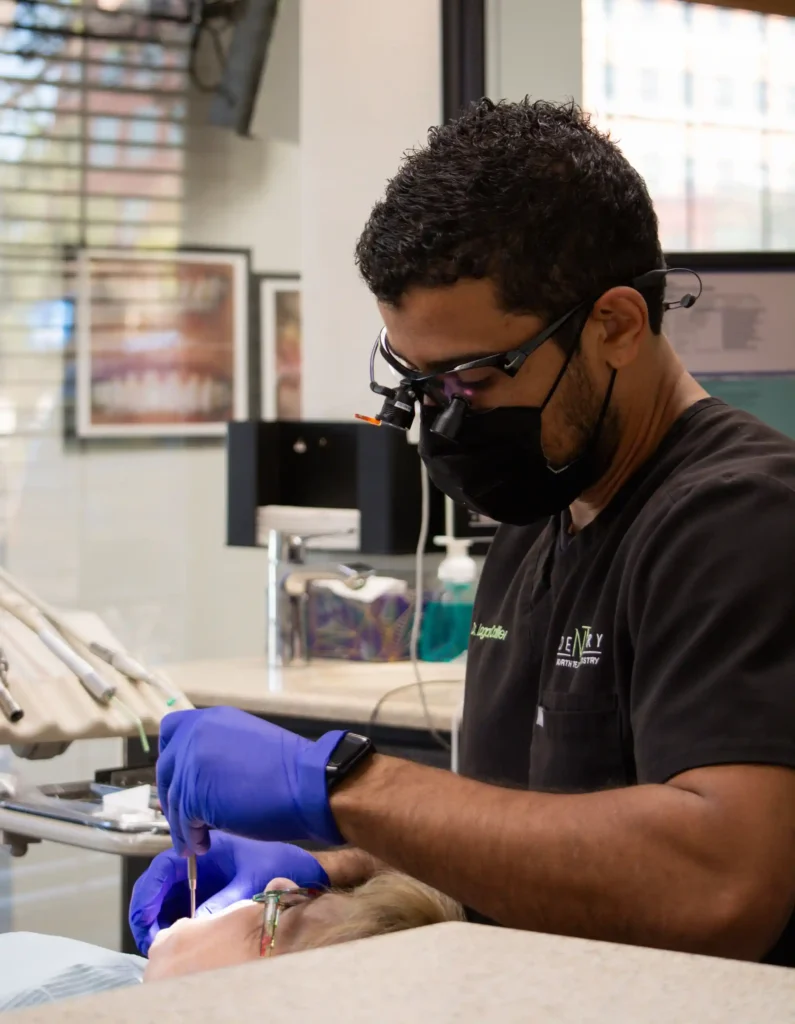
We can only imagine what our bodies would look like without bones. This scaffolding provides support, form, and protection to our organs and delicate tissue.
The bone around your teeth, called alveolar bone, holds the teeth firmly in place. The particular height, shape, and density of this specialized bone can be compromised due to gum disease, tooth removal, and other forms of trauma.
If bone shrinks away from your teeth, it never grows back. In some cases, bone can be encouraged to fill in with grafting materials placed by our doctors.
Every situation presents a different scenario, but more options than ever exist to promote bone repair in the jaw. For example, when a tooth needs removal, a large hole then exists in the bone.
While it will eventually fill in, the site tends to shrink, drawing bone away from the area jeopardizing surrounding teeth. Grafting materials can be placed at the time of tooth removal to help preserve the existing bone level. Bone grafts are especially beneficial if you are considering an implant-supported restoration in the future.
Even areas that have already suffered bone collapse can often benefit from specialized grafting material, bolstering nearly any part of the jaw bone.
It’s important to note: bone destroyed by gum disease often leaves significant defects around teeth. While some of these areas are grafting candidates, many of them experience irreversible bone loss. Controlling gum disease with your team will serve your health much better than corrective surgical grafts.

Monday: 7:30am – 4:00pm
Tuesday: 7:30am – 4:00pm
Wednesday: 7:30am – 4:00pm
Thursday: 7:30am – 4:00pm
Friday: Closed